Can chess and bridge be considered sports? According to a European Court of Justice judgment earlier this month, bridge is a sport and should be granted the same official status as football, rugby and tennis. The Daily Telegraph report says: ‘Advocate General Maciej Szpunar ruled that sport was an activity requiring a certain effort to overcome a challenge or an obstacle and which trains certain physical or mental skills. To be a sport it is not necessary that the activity has a certain physical element. It is sufficient that the activity has a significant mental element which is material to its outcome.’
This judgment is of great significance for both the English Chess Federation and the English Bridge Union in their battle to have Sport England recognise both activities as sports. It is a measure which the body has so far resisted, claiming that sport must entail physical exertion.
Of course, social bridge or chess can no more be classified as sport than kicking a football around in your back garden. But once mind sports have recognised competitions, titles and rankings — the criteria used when chess was recognised as a sport in Germany in 1977 — then recognition is due. International chess competitions have been common since 1834, with the world championship universally recognised in 1886. This week’s game is a brilliant effort from the 11th World Team Championship in Khanty-Mansiysk.
Akobian-Adhiban: Khanty-Mansiysk 2017; Semi-Slav Defence
1 d4 d5 2 c4 e6 3 Nc3 c6 4 e3 Nf6 5 Nf3 Nbd7 6 Qc2 Be7 7 g4 A bold way to unbalance the position. However, such aggression also carries within it the seeds of future defeat, in particular the weakening of the square f3. 7 … dxc4 If 7 … Nxg4 8 Rg1. 8 g5 Nd5 9 Bxc4 b5 Paradoxically this natural move is new to theory with 9 … b6 and 9 … Nxc3 being the earlier choices. 10 Be2 Nxc3 11 Qxc3 Bb7 12 d5 Overambitious. 12 h4 is much stronger. 12 … 0-0 13 dxe6 Opening the f-file only helps Black but 13 dxc6 Rc8 14 Nd4 Ne5 leads to a debacle for White. 13 … fxe6 14 h4 (see diagram 1) Too late. White now falls victim to a diabolical combination. 14 … Rxf3 15 Bxf3 Qf8 Threatening both 16 … Qxf3 and 16 … Bb4, so White’s hand is forced. 16 Ke2 b4 17 Qc4 Now White is set up for the killer blow but White’s queen must go to this diagonal to prevent the murderous … Ba6+ (see diagram 2) 17 … Qxf3+ The beautiful point of Black’s play. The simplified position that follows is an easy win for him. 18 Kxf3 Ne5+ 19 Kg3 Nxc4 20 Rd1 c5 21 b3 Nd6 22 Bb2 Rf8 23 f4 Bd5 24 Kh3 Ne4 The bishop on d5 and knight on e4 dominate the position. 25 Rf1 g6 26 Be5 a5 27 Bc7 Ra8 28 Kh2 a4 29 Be5 Kf7 30 Rfd1 Nf2 31 Re1 Nd3 32 Rf1 axb3 33 axb3 Rxa1 34 Bxa1 Bxb3 35 e4 c4 36 f5 exf5 37 exf5 c3 38 h5 gxh5 39 Rg1 c2 40 g6+ hxg6 41 fxg6+ Kg8 White resigns
Got something to add? Join the discussion and comment below.
Get 10 issues for just $10
Subscribe to The Spectator Australia today for the next 10 magazine issues, plus full online access, for just $10.
You might disagree with half of it, but you’ll enjoy reading all of it. Try your first month for free, then just $2 a week for the remainder of your first year.

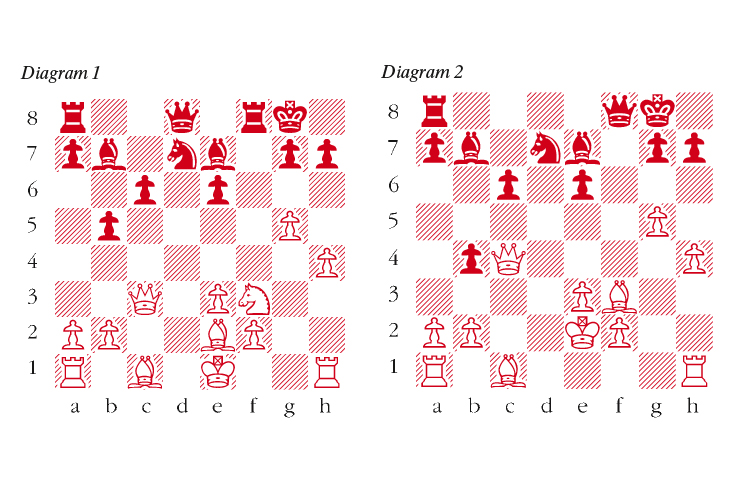
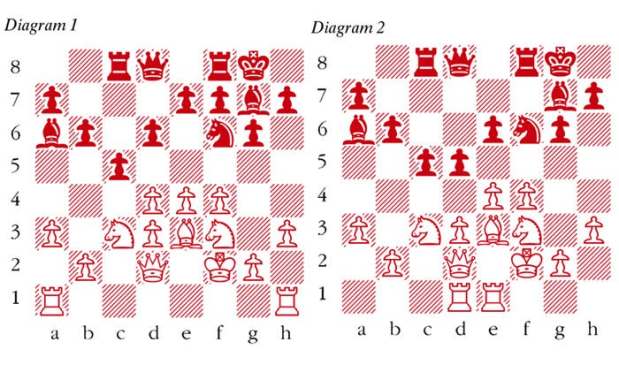

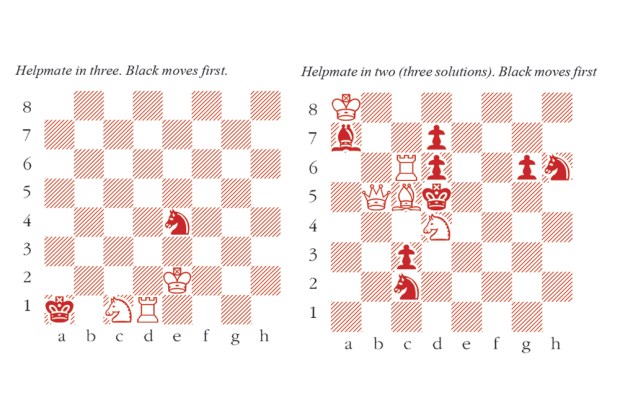
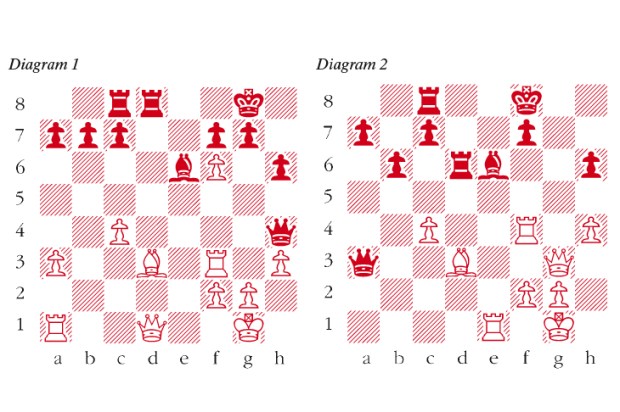
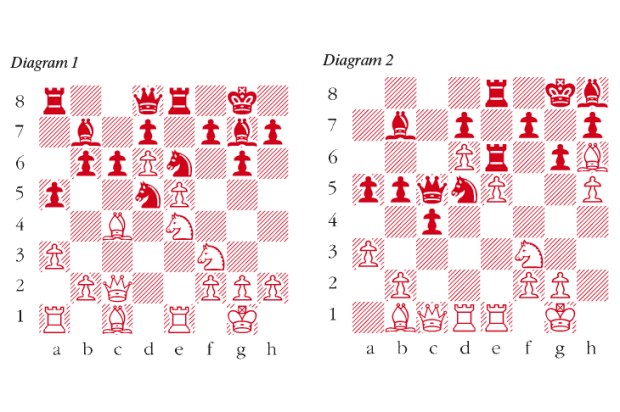
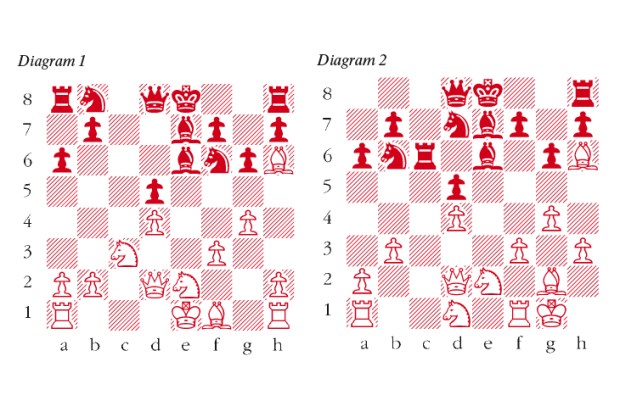






Comments
Don't miss out
Join the conversation with other Spectator Australia readers. Subscribe to leave a comment.
SUBSCRIBEAlready a subscriber? Log in